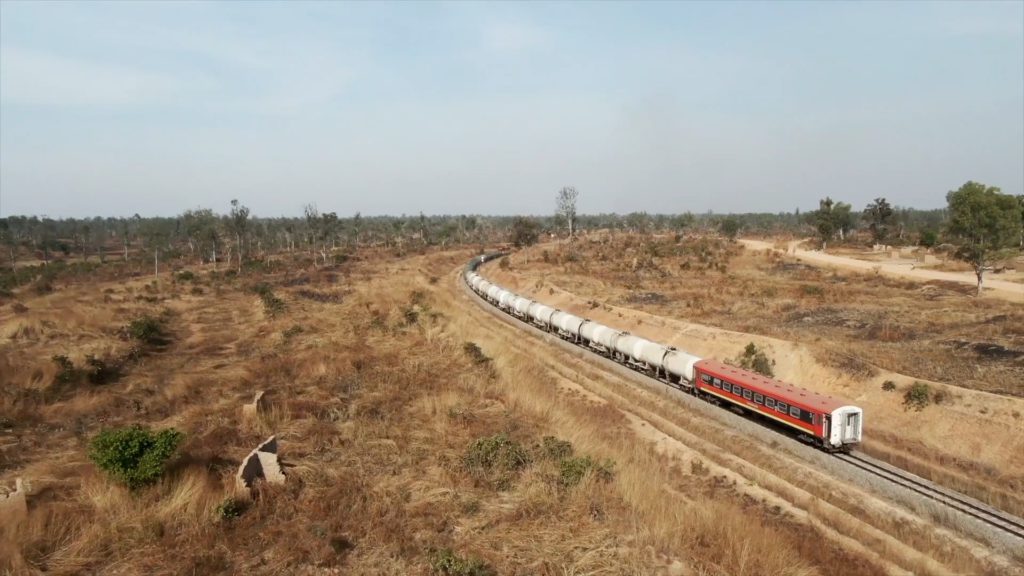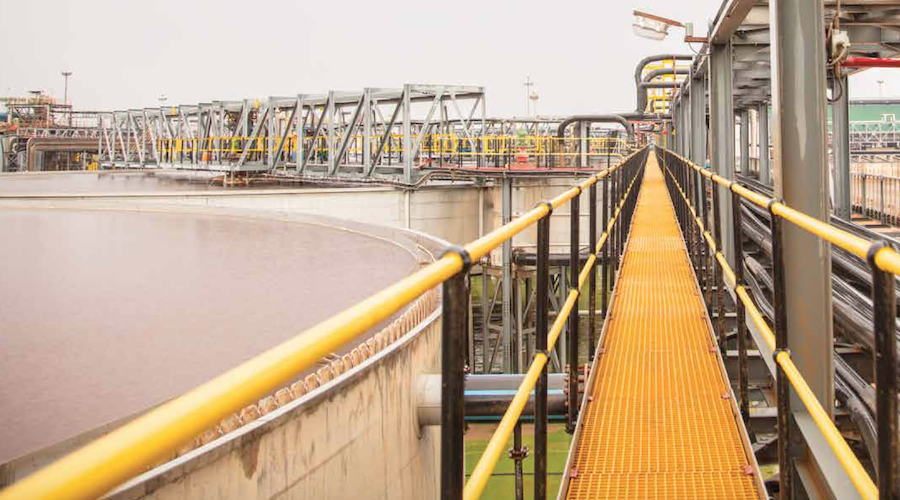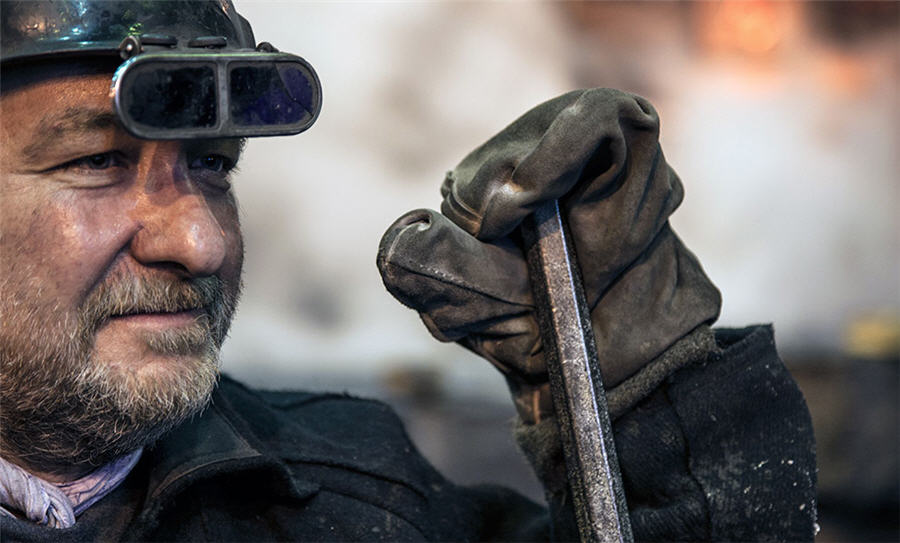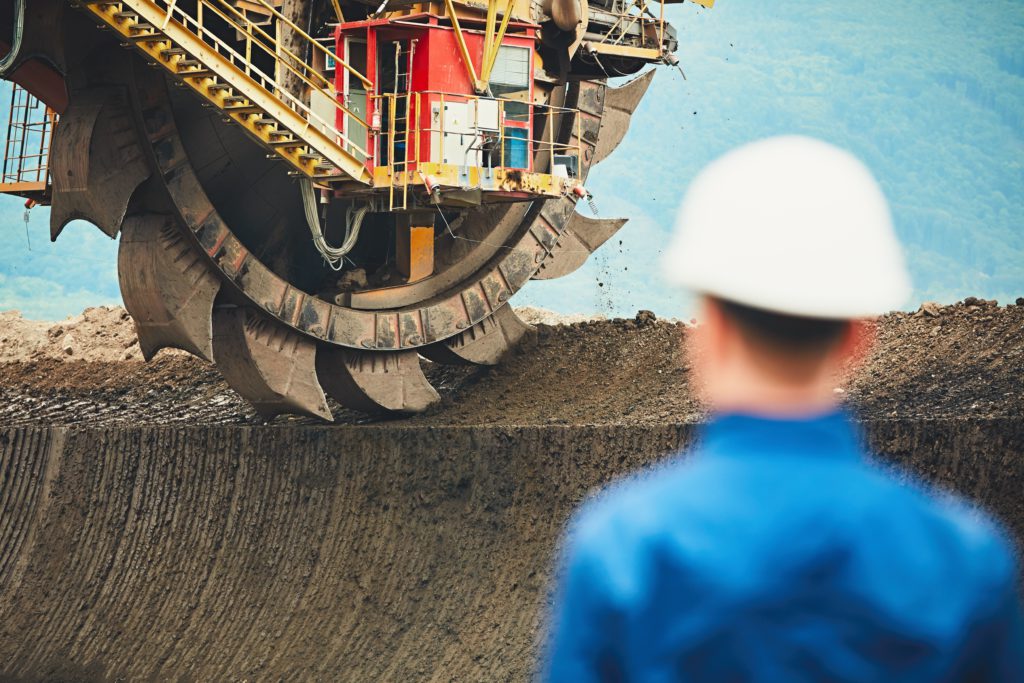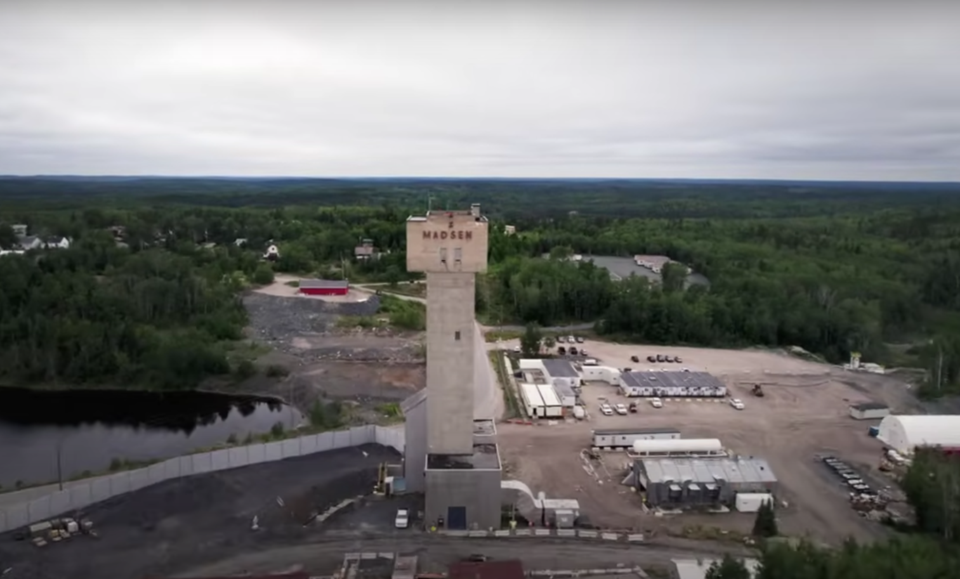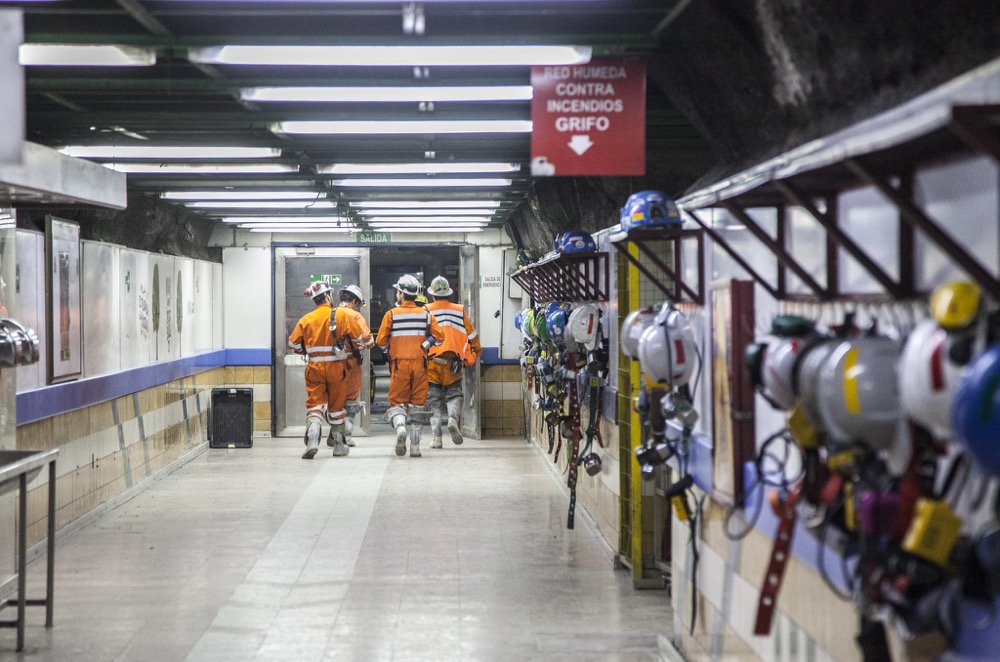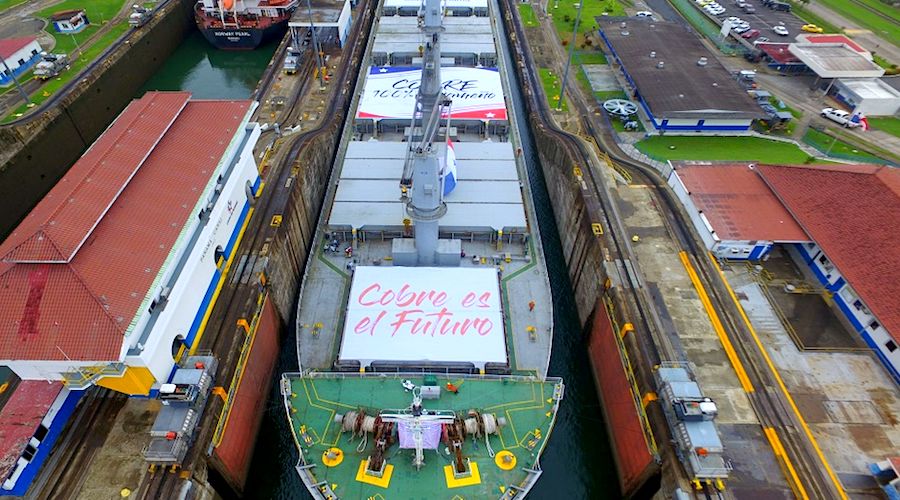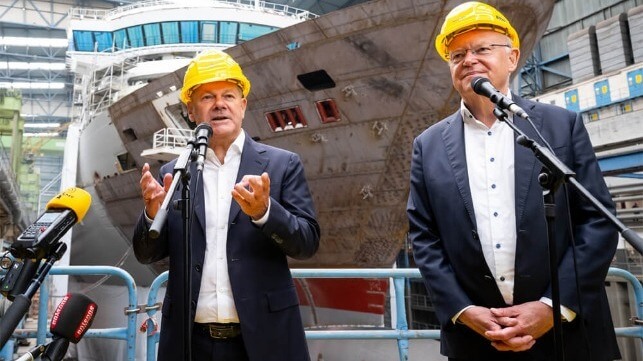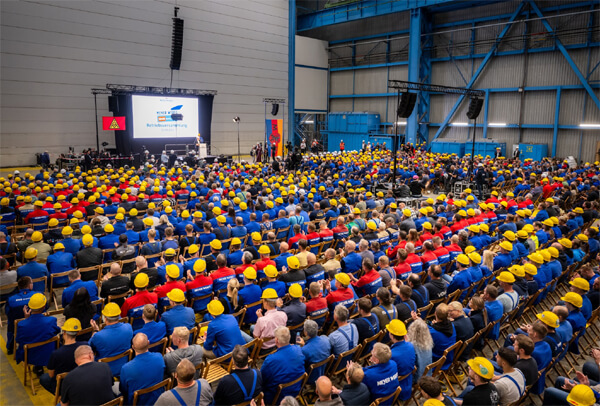Staff Writer | August 26, 2024 |
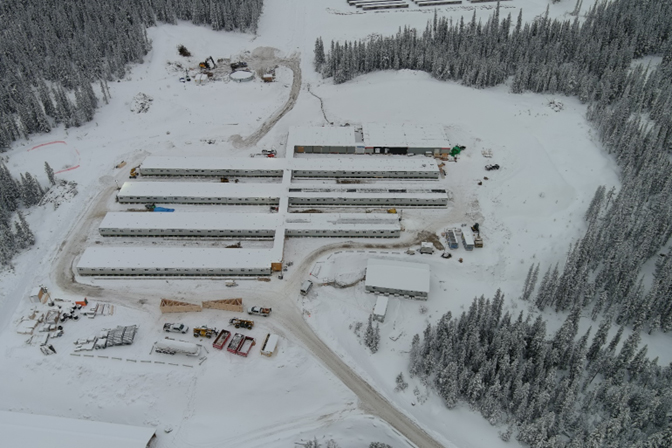
Blackwater project construction camp area. Credit: Artemis Gold Inc.
The British Columbia government has directed Artemis Gold (TSXV: ARTG) to remove a construction worker camp near its Blackwater project by the end of August for breaking environmental guidelines.

Early this month, the BC Environmental Assessment Office issued an enforcement order to remove the camp after an on-site inspection in May found part of it was on a hydro transmission corridor in violation of the company’s permit.
The company said it was having no problems complying with the order after spending C$200,000 on cleaning up the site it had occupied with the permission of the separate Ministry of Energy Mines and Low Carbon Innovation. Known as the Chu site, it dated proved a previous owner, Artemis said in an emailed statement.
“We saw an opportunity to assist the provincial government with clean up of the Chu camp site, while also ensuring our transmission line workforce was close to their job sites,” an Artemis spokesperson said. “We agreed to remediate the existing site, which contained old buildings and infrastructure.”
Artemis was initially given a deadline of Aug. 7 to close the infringing camp, but it was extended when BC wildfire-fighting contractors used it.
First gold
The proposed open-pit gold and silver mine about 600 km north of Vancouver was nearly 90% complete at the end of June, according to the company. A first gold pour is planned for the fourth quarter. Blackwater aims to mill 60,000 tonnes a day over at least 17 years.
Artemis said its workers had already left the Chu site and striking the campy wouldn’t affect Blackwater’s construction schedule or materially impact costs.
The Blackwater environmental certificate allows for a main construction camp of up to 1,000 workers and an operations camp housing up to 500 people. Both facilities must be located entirely within the project site.
Inspection records showed the camp had at least 48 accommodation units, three generators and potable water storage on the corridor outside the Blackwater site.
Also, the camp site wasn’t part of the construction plans, and therefore not contemplated in the project’s environmental assessment.
Shares in Artemis Gold fell 2.2% on Tuesday afternoon in Toronto to C$12.62 apiece, valuing the company at C$2.8 billion. They’ve traded in a 52-week range of C$4.98 to C$13.48.
